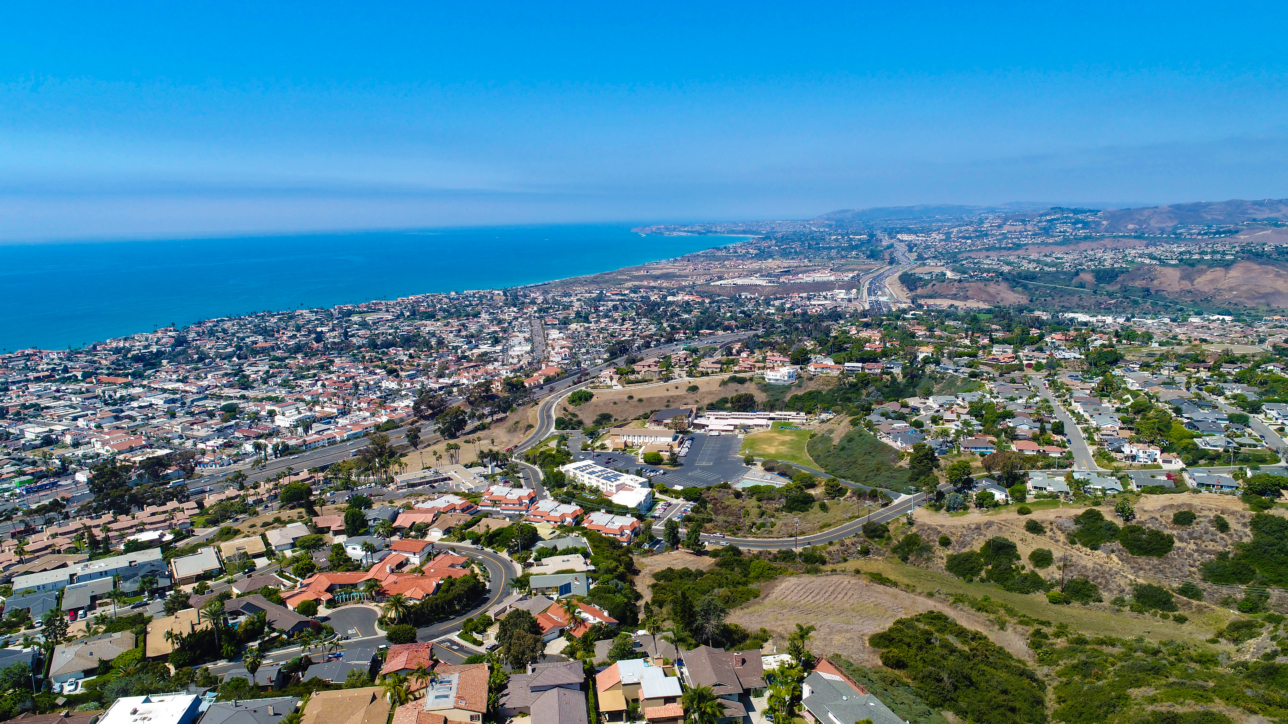If you jump on to the California Travel & Tourism website and click on “Discover Orange County,” you’ll find superlatives that include “iconic destination” and “fun.” To the people who operate businesses, buy buildings or lease space in this Southern California region, the reality is somewhat more subdued.
Certainly, unemployment is low, and more corporations, especially in the tech arena, are seeking out the area to plant their flags. Furthermore, “the growth of Orange County’s tech, media and marketing companies has been given an added jolt . . . thanks to a mix of capital funding, acquisitions and funding,” Savills-Studley pointed out in a report.
On the one hand, the economic and commercial real estate news for this submarket could be considered as serene and lovely as its beaches and calm waters. Yet when it comes to oceans, there are hidden undertows, which is the case when it comes to the OC.
First, The Good News . . .
Perched on the southwest corner of the Los Angeles-Long Beach-Anaheim Metropolitan Statistical Area (MSA), Orange County is probably best-known as ground zero for Disneyland. From a commercial real estate standpoint, it’s also known for more affordable rental rates, according to Voit Real Estate Services’ Zehner Davenport Industrial Group, as well as proximity to the ports.
JLL pointed out that quarterly tech investment continues growing in this part of Southern California. The OC economy is “driven by innovation and growth in the technology and life sciences industries . . .” not to mention, higher paychecks, as pointed out by another JLL report.
The demand has led to development and redevelopment projects including:
- Multiple office project developments from the Irvine Co., including the 1.3-million-square-foot Discovery Business Center and the 73-acre Spectrum Terrace.
- A JLL-Hines partnership, which is handling redevelopment of the 436,000-square-foot Intersect office campus, also in Irvine.
- The 232,254-square-foot Orange County Commerce Center, a master-planned industrial development in Placentia.
- The 934,752-square-foot Beckman Business Center, a business park in Fullerton, with buildings for sale and lease.
Additionally, a report from CBRE noted that four new buildings broke ground in Q2 2018, “pushing construction activity to its highest point since Q2 2015.”
However, the OC’s good news is also providing challenges.
Second, The Not-So-Good News . . .
The issue with commercial real estate and economic success is that it can be unsustainable without necessary space and sufficient labor. These, incidentally, are two major challenges facing the Orange County submarket.
On the jobs side, unemployment in the Anaheim-Santa Ana-Irvine, CA Metropolitan District was 3.2% in July, with job growth at 1%. The reason for the sluggish growth is, apparently, more jobs than people. Noted CBRE: “occupiers struggled to find skilled talent and sought ways to increase employee satisfaction and reduce attrition.”
And Mitch Zehner and Seth Davenport with Voit point out that industrial space is especially thin. Availability is so low, the team noted that demand could “fall by half and still be running well ahead of supply.” While the solution to this might be to build more, land is becoming scarcer and more expensive. This, combined with labor costs, will help ensure industrial inventory remains low for the foreseeable future.
A recent blog on the Zehner-Davenport website indicated that Orange County has been feeling the effect of little space, with asking lease rates increasing 80% from their low in 2010. Furthermore, with much of the available space older and functionally obsolete, “many businesses are left without the opportunity to upgrade, and end up renewing leases in properties that no longer fit their needs,” the team wrote.
The takeaway from all of this is that, on the one hand, Orange County is experiencing an excellent economy, complete with growth, an influx of capital and high demand for commercial real estate. However, an inability to provide both space and labor for business could lead to serious headwinds for this region.

